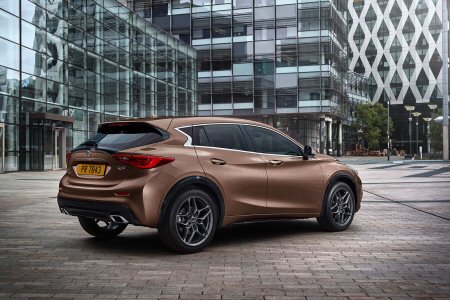
To Infinity and beyond!
When Infinity first arrived in the UK way back in 2009 it failed to make any sort of impression. However, the Q30 has changed all that.
Originally Nissan’s luxury division tried to convince British buyers to invest in thirsty V6 and V8 petrol engines. Unsurprisingly it didn’t work, the Q30 however has been designed and built here in Great Britain with more frugal engines.
It’s certainly a handsome car daring to be different from other premium compact German rivals such as the Audi A3 the BMW 1 Series and Mercedes’ A Class.
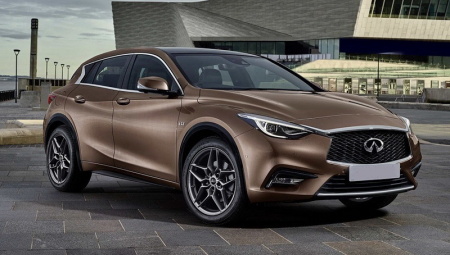
Interestingly, Infinity has positioned the Q30 in-between the hatch and crossover segment which is why it has a slightly higher ride height than its rivals. In terms of boot size it’s smaller than the A3 but bigger than the A Class or 1 Series. The seats fold flat which is handy but the sloping rear tailgate steals some of that height. There’s plenty of head room for all passengers but taller adults will find their knees brushing the back of the front seats. Also, the middle seat is really only suitable for children.
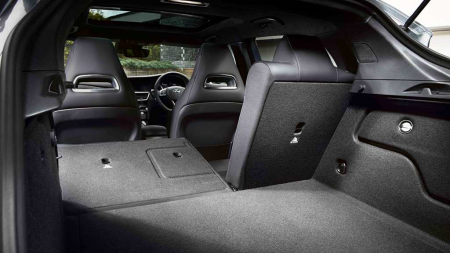
The overall impression of the Q30’s dashboard is that it’s just as distinctive as the exterior styling. However, if you look closely you will see parts such as the dials, indicator stalk and gear lever are taken straight from the Mercedes A Class. One criticism we do have is that storage is a little bit limited. Sadly, this car doesn’t have the Mercs’ infotainment system. In its place is a fiddly touchscreen with a very confusing menu. Standard equipment is lacking too with base models missing out on DAB radio and sat nav.
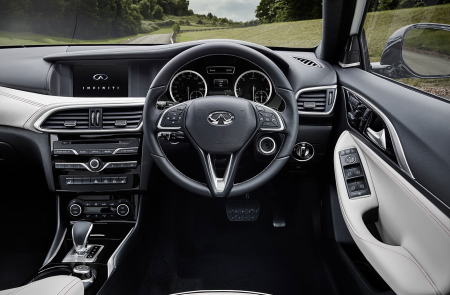
It’s not just the switch-gear that the Q30 shares with the A Class. In fact, the chassis, suspension and engine all come from Mercedes and this is thanks to a technical collaboration between the two manufacturers. To confuse matters further the most popular engine, the 1.5 litre diesel, comes from Renault! With a 0-60mph time of 12 seconds you could say it’s certainly not the fastest compact in the world. However, there is a good slug of mid-range torque which can be utilised for overtaking and it’s not too noisy either. Other engines include a 2.2 litre diesel and a 1.6 or 2.0 litre petrol. We would recommend the seven-speed automatic over the six-speed manual simply because the manual can be a bit obstructive at times. It’s also worth noting that if you like 4-wheel drive instead of 2-wheel drive then you’ll have to opt for one of the large and more expensive engines.
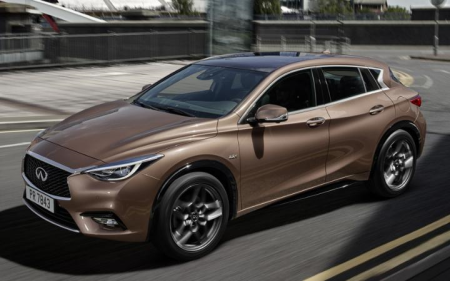
The Sport version of the Q30 has weightier steering and lower suspension but it still doesn’t feel very sporty so you might be better sticking with the standard model simply because it plays to the strength of the Q30 – that being its comfortable ride. No version of the Q30 is as fuel efficient as its rivals. However, with a claimed fuel economy figure of 69mpg and a “real world” figure of 55mpg the 1.5 litre diesel is still going to be cheap to run. In addition to this the Q30 out-performed all its rivals in crash tests.
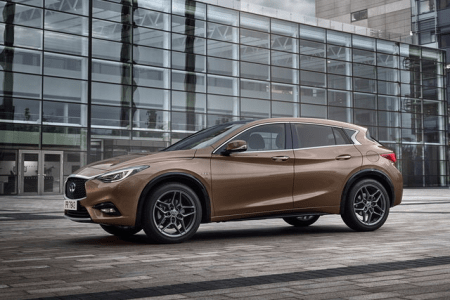
At time of writing, you can find used Q30 examples on the DesperateSeller.co.uk website in the region of £19k but this bracket will be for the more poorly equipped entry level models. Instead we would advise spending a little bit more on a diesel equivalent in premium specification.
Time will tell if the Q30 residual values stand up against the competition but what we can tell you is that the Q30 is definitely one of the most compelling cars that Infinity has offered.













